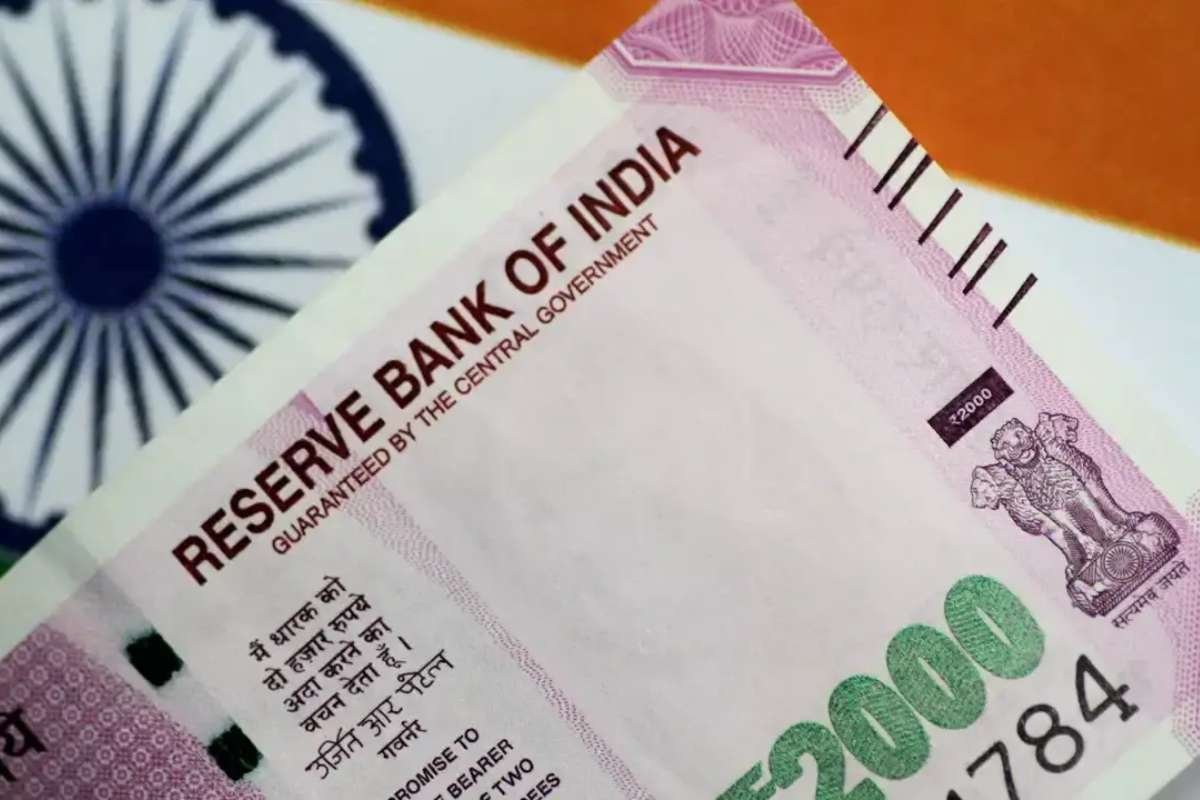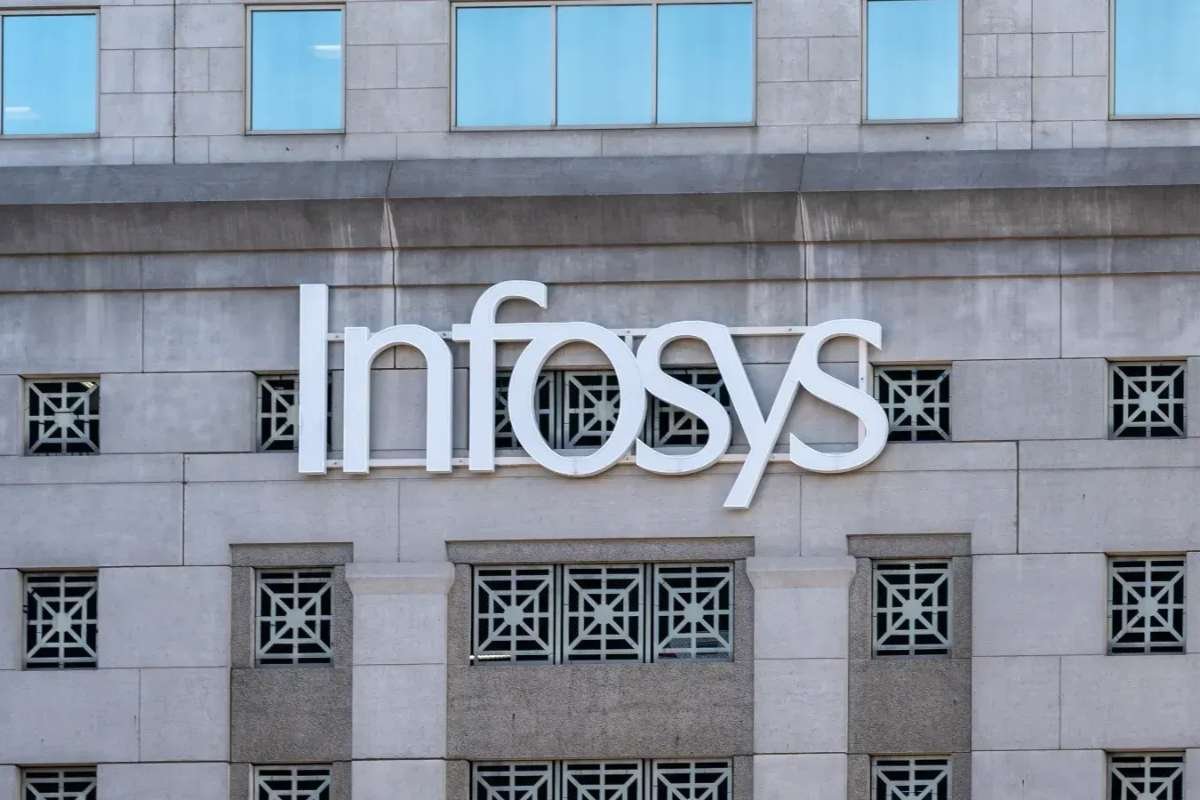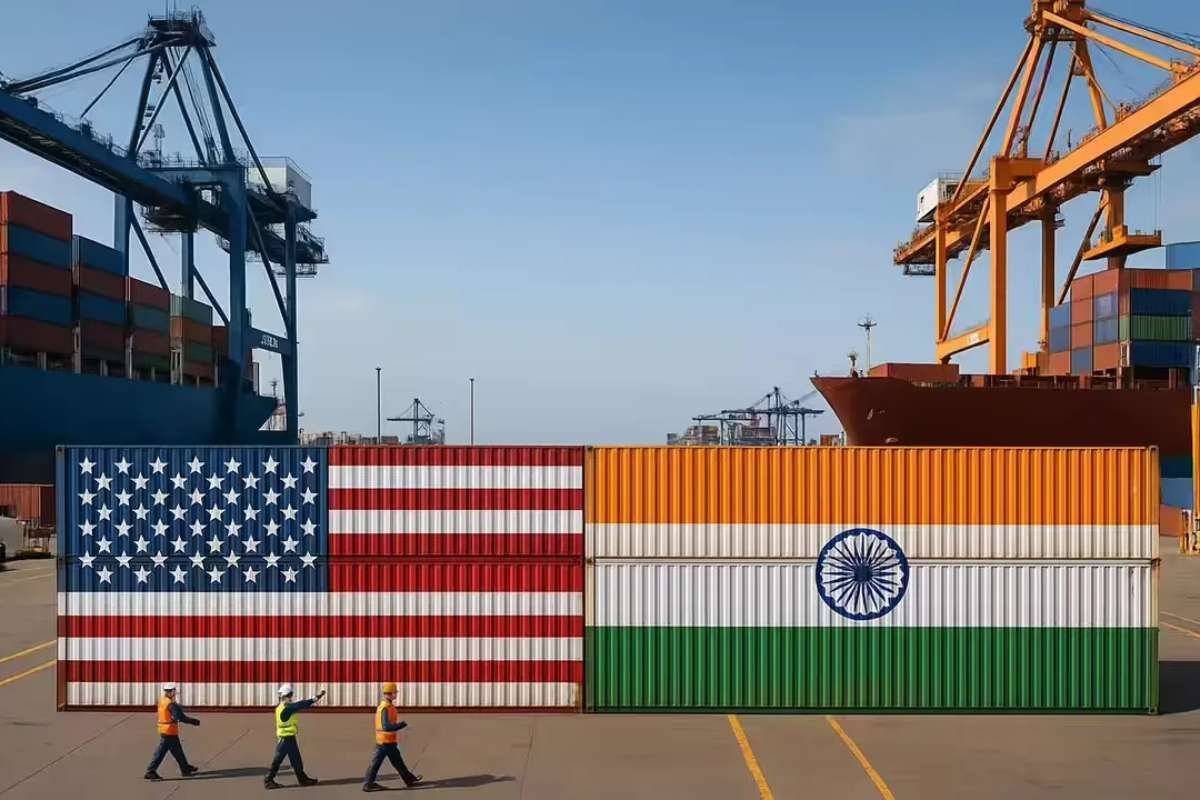Key Points:
- RBI cuts foreign rupee account approval from 6 weeks to 24 hours.
- India settles $16B in rupees, reducing dollar trade share from 85% to 72%.
- Move boosts rupee’s global role and aligns with de-dollarization trends.
In a landmark move with potential to reshape international trade flows, the Reserve Bank of India (RBI) has drastically reduced the time required for foreign banks to open RBI Rupee Accounts. Instead of the earlier six-week process, foreign institutions can now establish Special Rupee Vostro Accounts (SRVAs) within just 24 hours. This change could accelerate the adoption of the Indian rupee as a preferred currency for global transactions, reducing reliance on the US dollar.
Key Development
The RBI’s swift approval process aims to simplify access for foreign banks and enable faster cross-border settlements in rupees. Already, 156 RBI Rupee Accounts are active globally, covering more than 30 countries, including major partners such as Russia, the United Arab Emirates, Sri Lanka, Malaysia, Singapore, and Mauritius. Even smaller economies like Fiji and Botswana have joined the initiative, signaling growing acceptance of the rupee in diverse markets.
Immediate Impact on Trade
Since the introduction of RBI Rupee Accounts, India has settled transactions worth ₹1.34 lakh crore (approximately $16 billion) directly in rupees. This shift has already contributed to a decline in the dollar’s share in India’s overall trade, dropping from 85 percent to 72 percent. Analysts estimate that if just 10 percent of India’s $800 billion annual trade moves to rupee settlement, nearly $80 billion in trade would bypass the dollar, saving billions in foreign exchange fees and boosting the rupee’s global standing.
Strategic Significance
The move comes at a time when many economies are exploring alternatives to the dollar for cross-border trade, particularly in the face of sanctions, rising transaction costs, and global calls for de-dollarization. For India, the transition not only enhances financial sovereignty but also provides a buffer against external shocks linked to dollar fluctuations.
Experts highlight that faster rupee account approvals could attract more countries to trade directly with India, strengthening bilateral ties and making Indian exports more competitive by eliminating conversion costs.
Global Context
The RBI’s decision aligns with a broader trend among emerging economies. BRICS nations, Brazil, Russia, India, China, and South Africa, are already working toward reducing dependency on the dollar, with plans to conduct up to 70 percent of trade in local currencies by 2030. India’s streamlined policy could accelerate this timeline, giving the rupee a more central role in the evolving financial landscape.
Opportunities and Challenges
For Indian exporters and importers, rupee-based trade settlements via RBI Rupee Accounts mean faster payments, reduced forex risk, and lower transaction costs. It also positions India as a more attractive trade partner for nations looking to diversify away from the dollar. However, challenges remain. Widespread adoption will depend on the rupee’s stability, liquidity in global markets, and continued trust from foreign banking institutions.
Moreover, while several countries have already joined the rupee framework, achieving scale will require sustained diplomatic and economic engagement. The success of this initiative will hinge on India’s ability to expand its trade partnerships and ensure smooth settlement mechanisms.
Future Outlook
As the number of RBI Rupee Accounts expands and rupee-based trade volumes rise, the Indian currency could emerge as a viable regional alternative to the dollar, particularly across Asia, Africa, and parts of the Middle East. Analysts note that while the dollar will remain dominant in global finance for the foreseeable future, the RBI’s bold step may mark the beginning of a gradual rebalancing of trade currencies.
By reducing structural barriers and signaling confidence in the rupee’s role, India has set the stage for significant changes in how nations conduct business with the world’s fifth-largest economy.
Conclusion
The RBI’s decision to allow 24-hour foreign rupee account openings is more than an administrative reform, it is a strategic move with far-reaching implications for global trade. With billions already settled in rupees and dozens of countries on board, India is positioning itself at the forefront of the de-dollarization trend. Whether this sparks a wider shift in the global financial order remains to be seen, but one thing is clear: the rupee’s role in international trade is on the rise.
Visit more of our news! Business Viewpoint Magazine.






